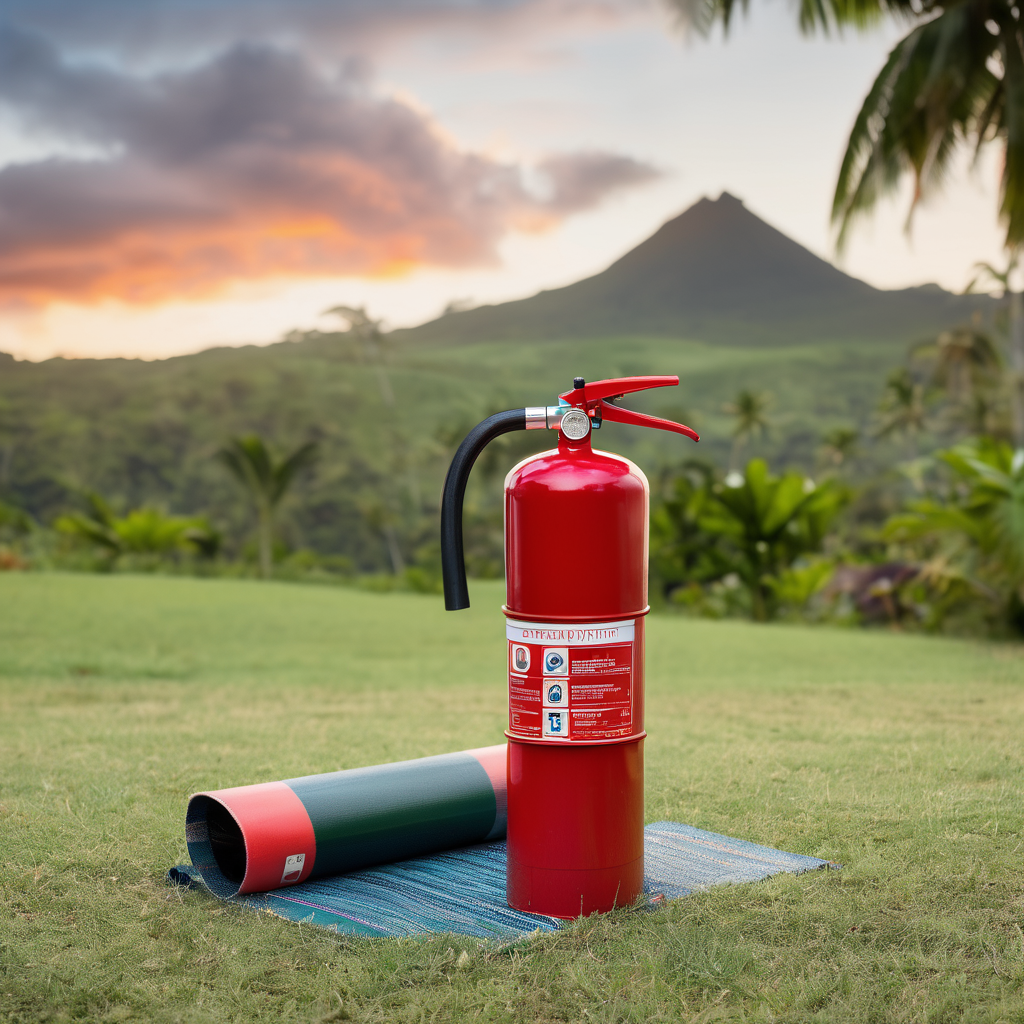Fires are emerging as a significant risk factor for various communities, yet they remain largely overlooked in disaster risk reduction (DRR) plans, according to Commissioner Josefo Navuku of the Central Division. During a recent Joint Coordination Committee meeting aimed at integrating disaster risk reduction, Navuku raised concerns about the absence of fire-related elements in formal preparedness planning, despite the rise in fire incidents in multiple areas.
Commissioner Navuku pointed out that discussions with partners from the Japan International Cooperation Agency (JICA) have revealed that fire incidents rank among the most prevalent hazards faced by local communities, yet they often go unaddressed in existing DRR frameworks. He stressed the importance of recognizing fire as a primary hazard that should be included alongside other threats such as earthquakes, tsunamis, and cyclones as disaster plans are finalized.
Recent data from the National Fire Authority (NFA) reinforces the urgency of this issue. This month alone, a series of devastating fire incidents led to fatalities and extensive property damage, highlighting the need for increased public awareness around fire safety and the adoption of proactive prevention measures. The NFA reported 707 fire calls over the past month, marking a concerning trend that includes a number of fatalities, particularly impacting informal settlements where poor infrastructure raises the risk of widespread fire disasters. Many of these fires have been attributed to neglect or unsafe practices, such as unattended cooking and improper waste disposal.
As Fiji advances in its disaster preparedness strategies, integrating fire risk into community-based disaster management frameworks will be essential in enhancing national resilience. The collaboration with JICA aims to bolster communal safety and readiness, ensuring communities are well-equipped to respond to both natural disasters and fire emergencies. Engaging local populations in fire safety education and forming disaster risk management committees within communities are approaches that could be critical in building readiness and mitigating fire-related incidents.
These proactive measures indicate a hopeful path toward heightened awareness and improved safety protocols, essential for safeguarding lives and properties against ongoing risks. With unified efforts from communities and disaster management authorities, there is an encouraging outlook for the enhancement of safety measures, which could lead to a reduction in both the frequency and severity of fire incidents in the future.
